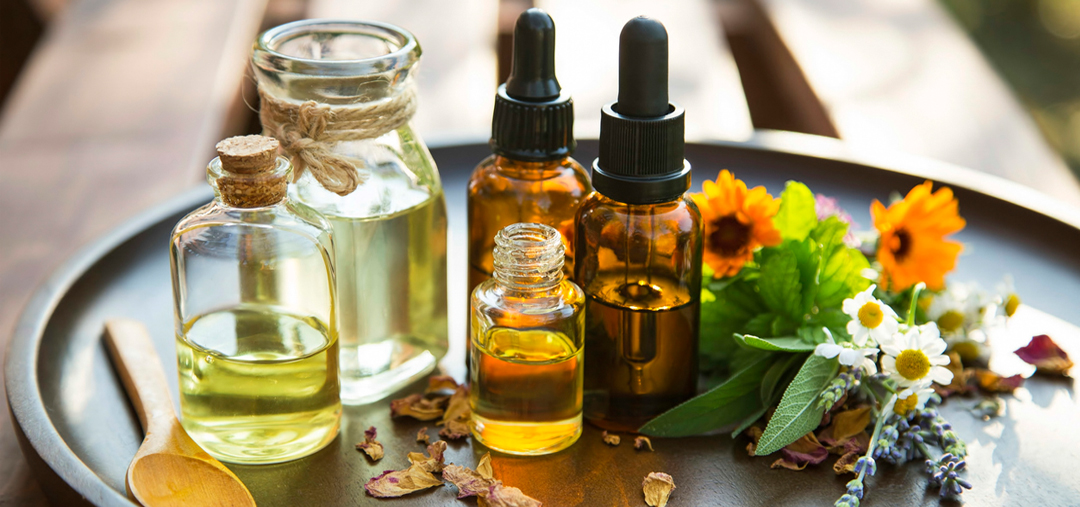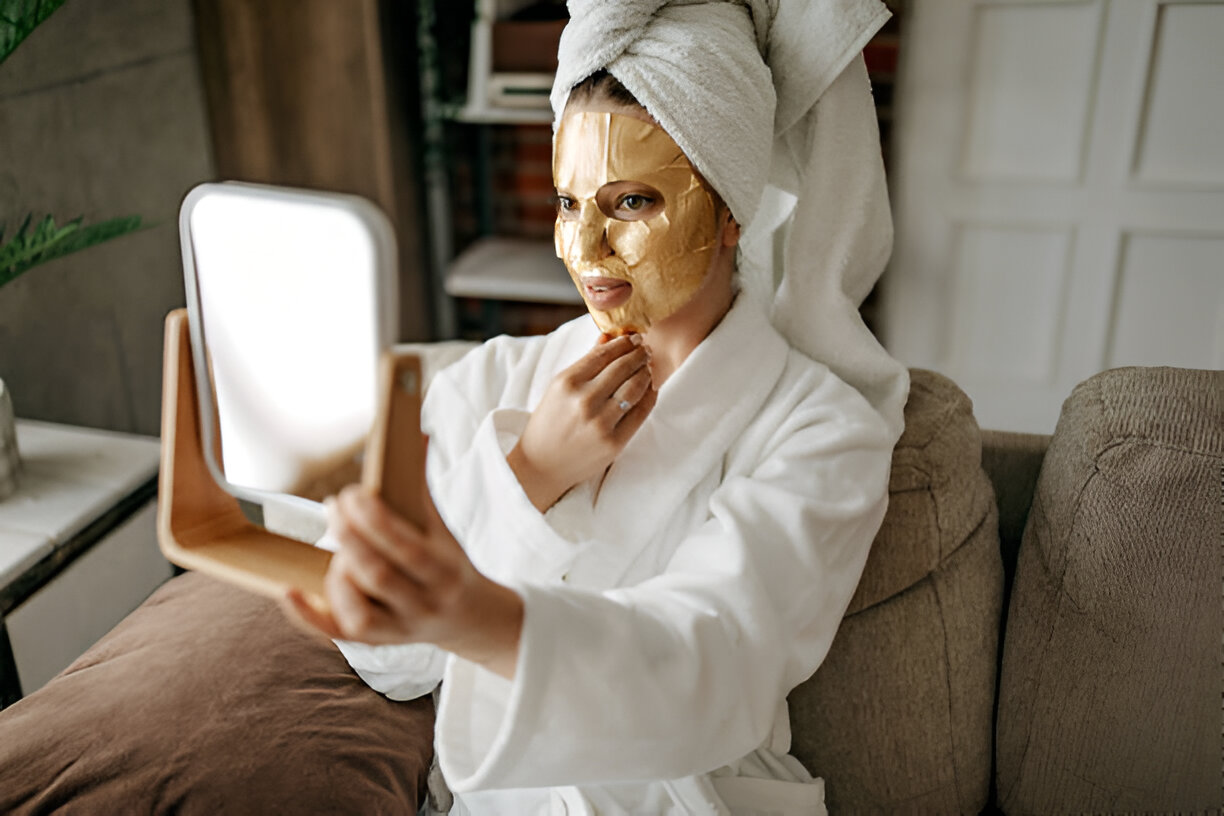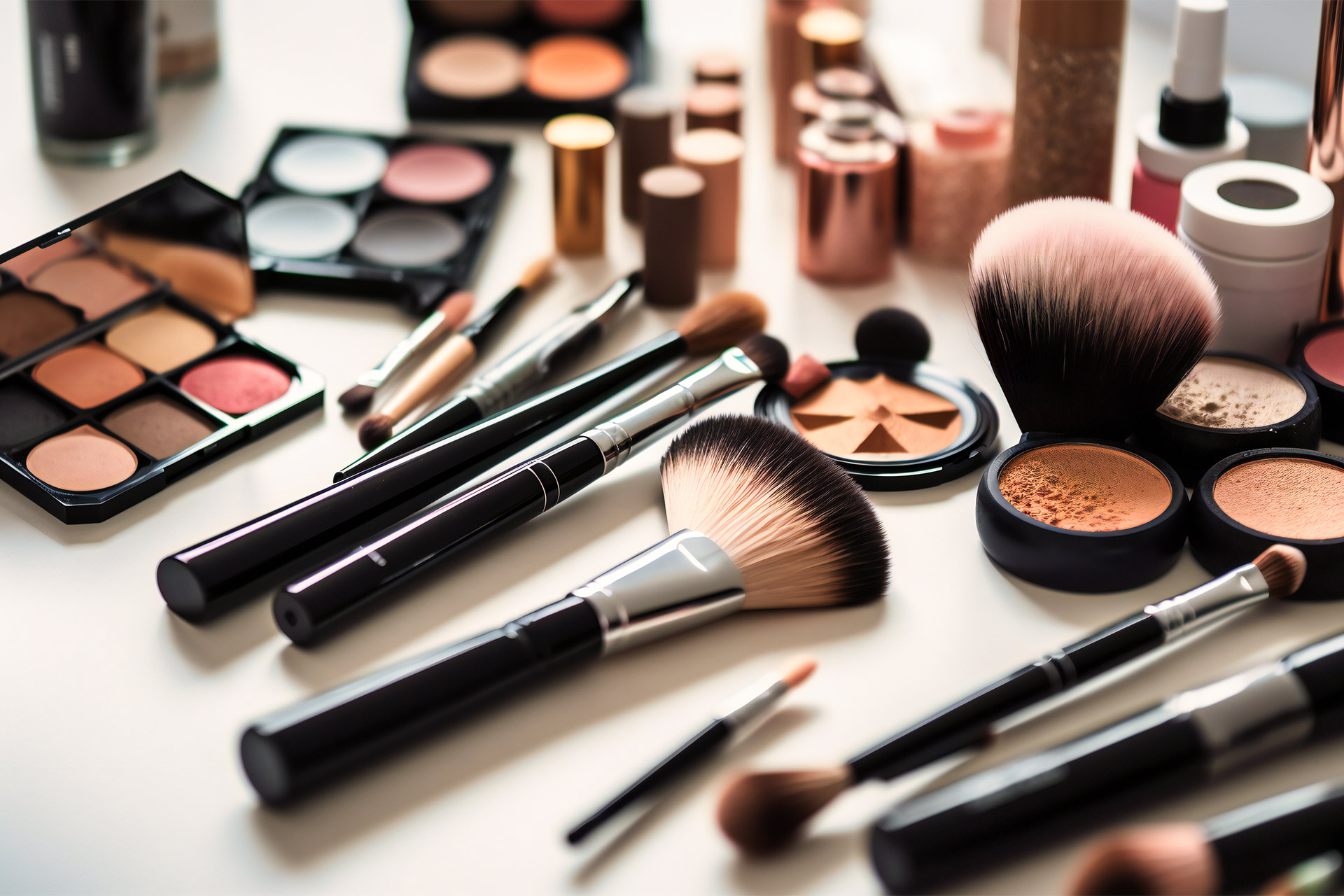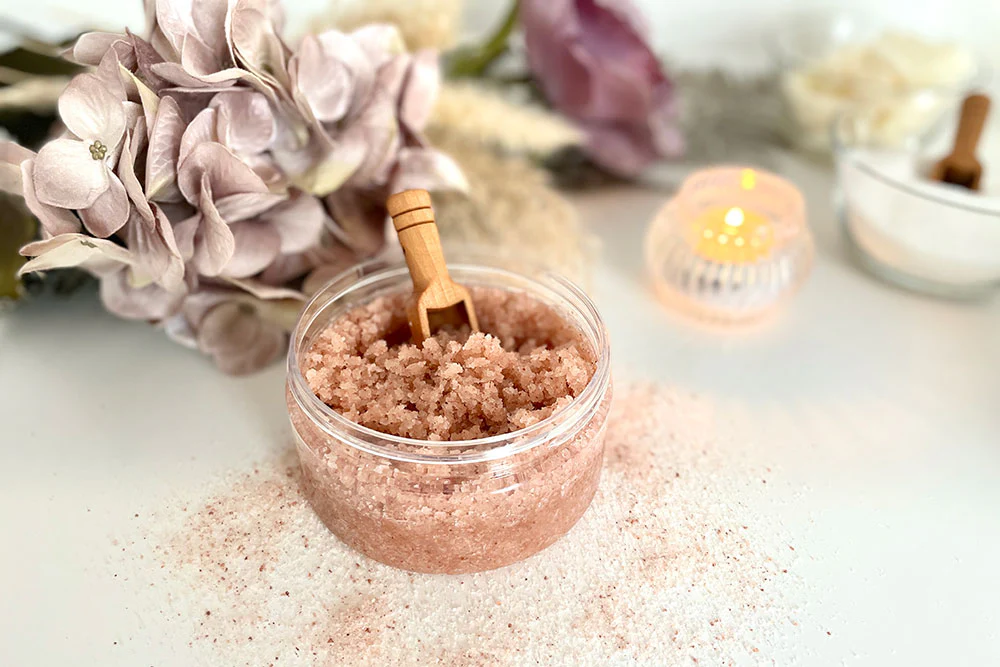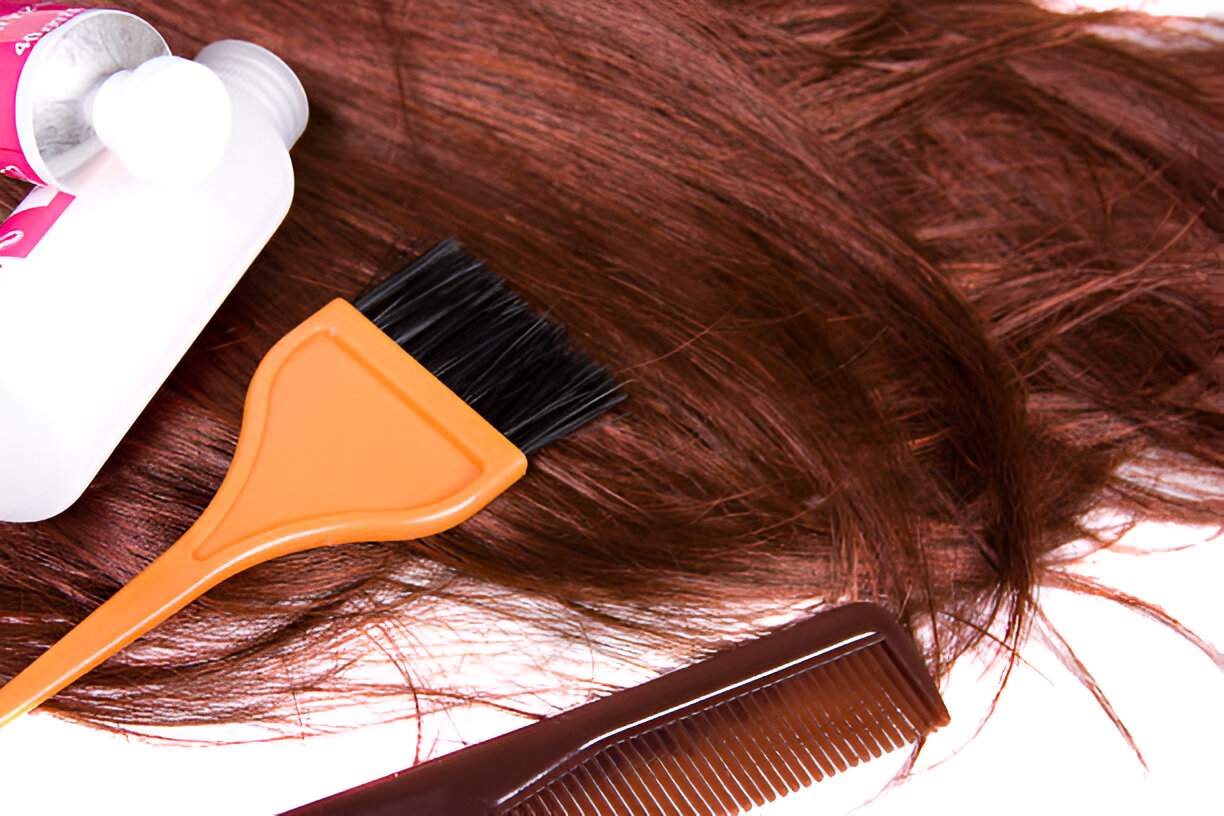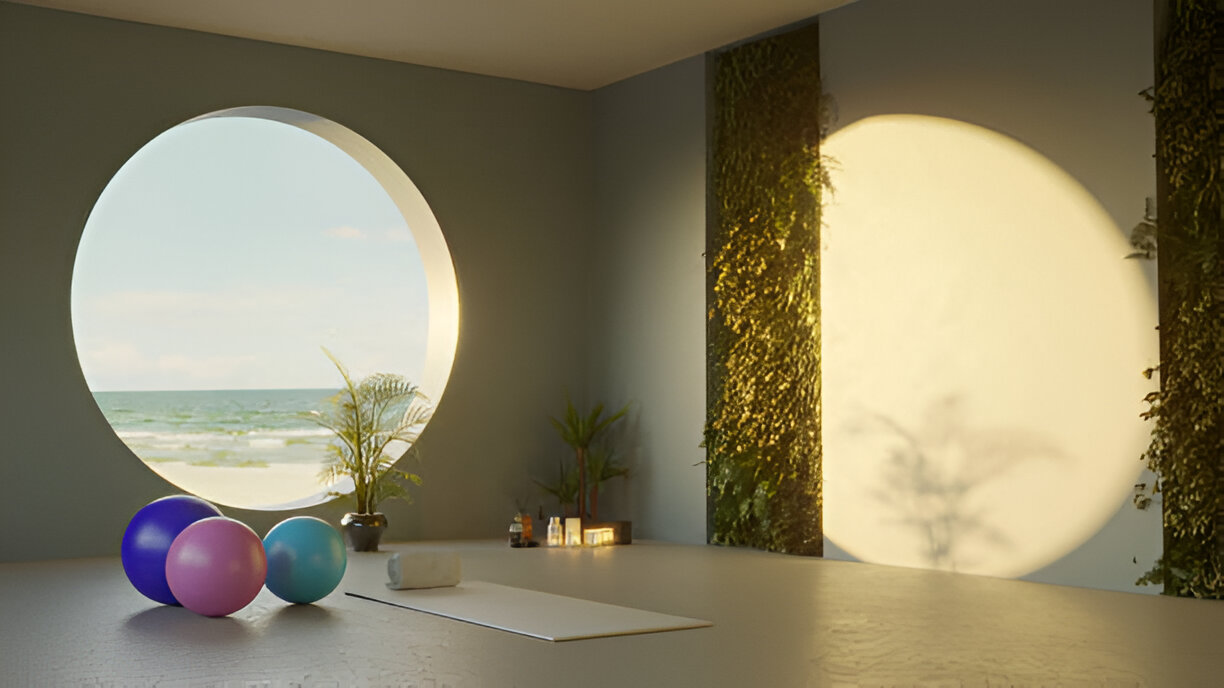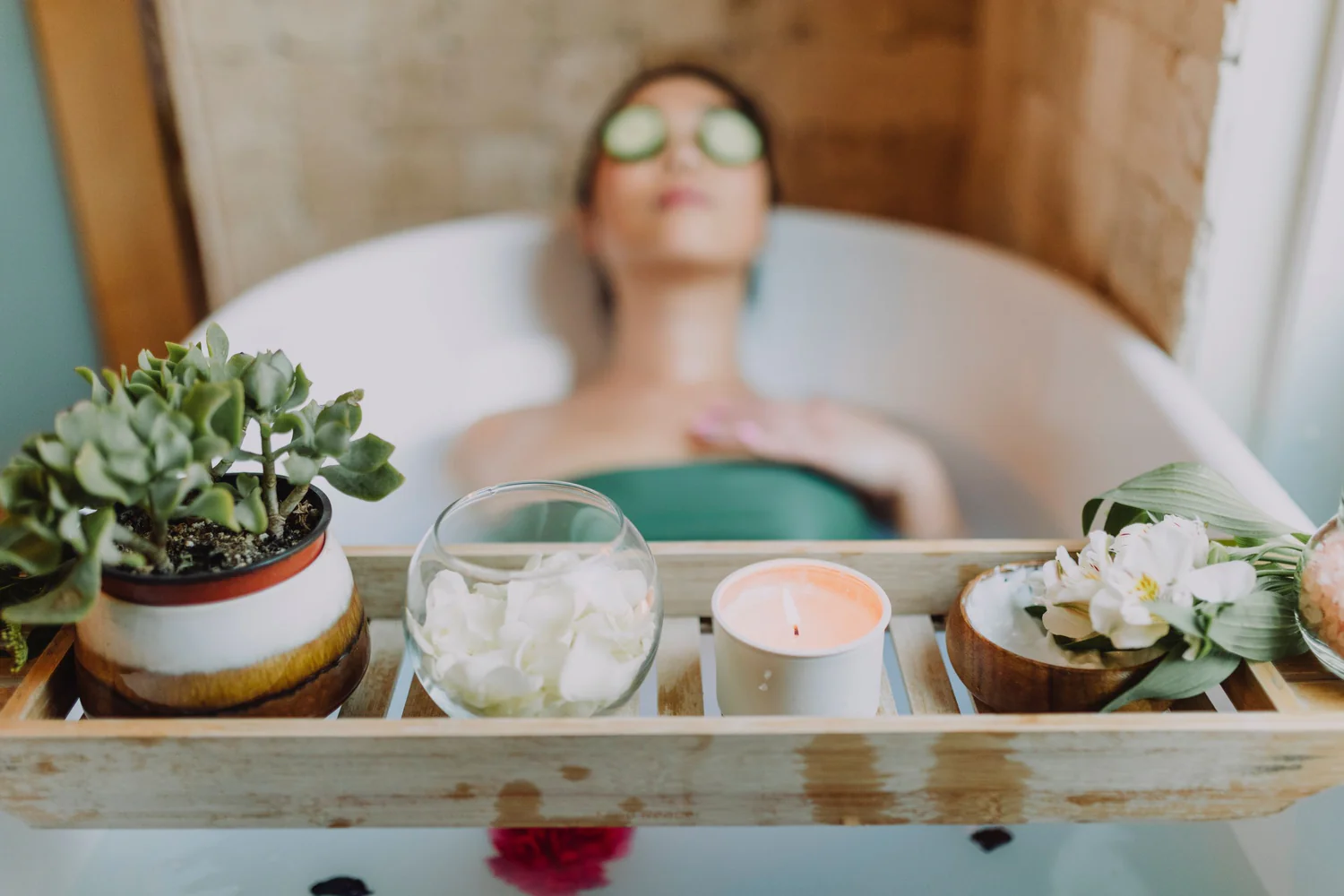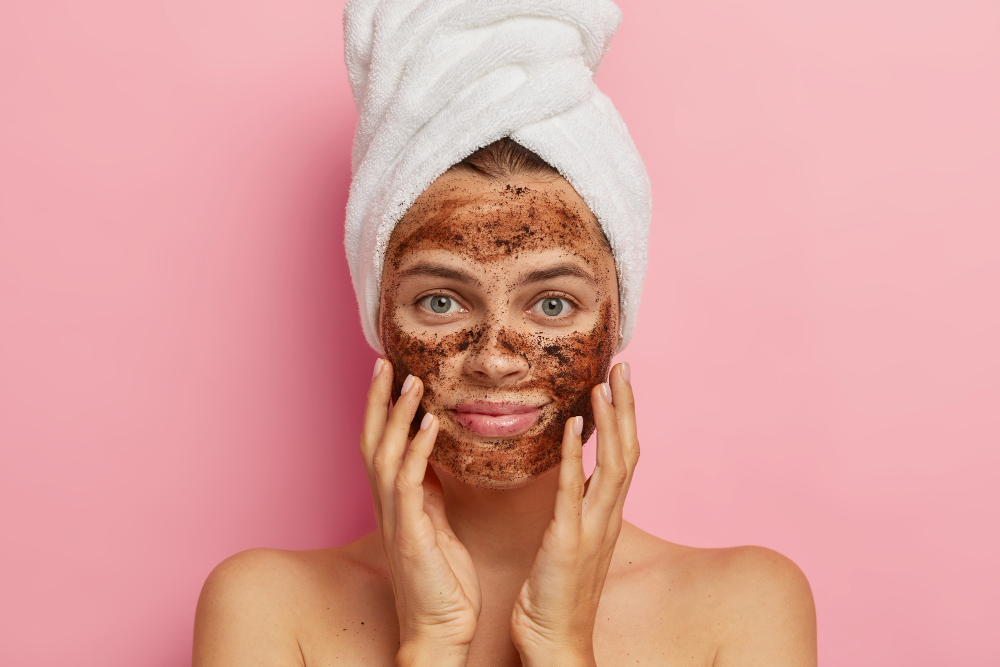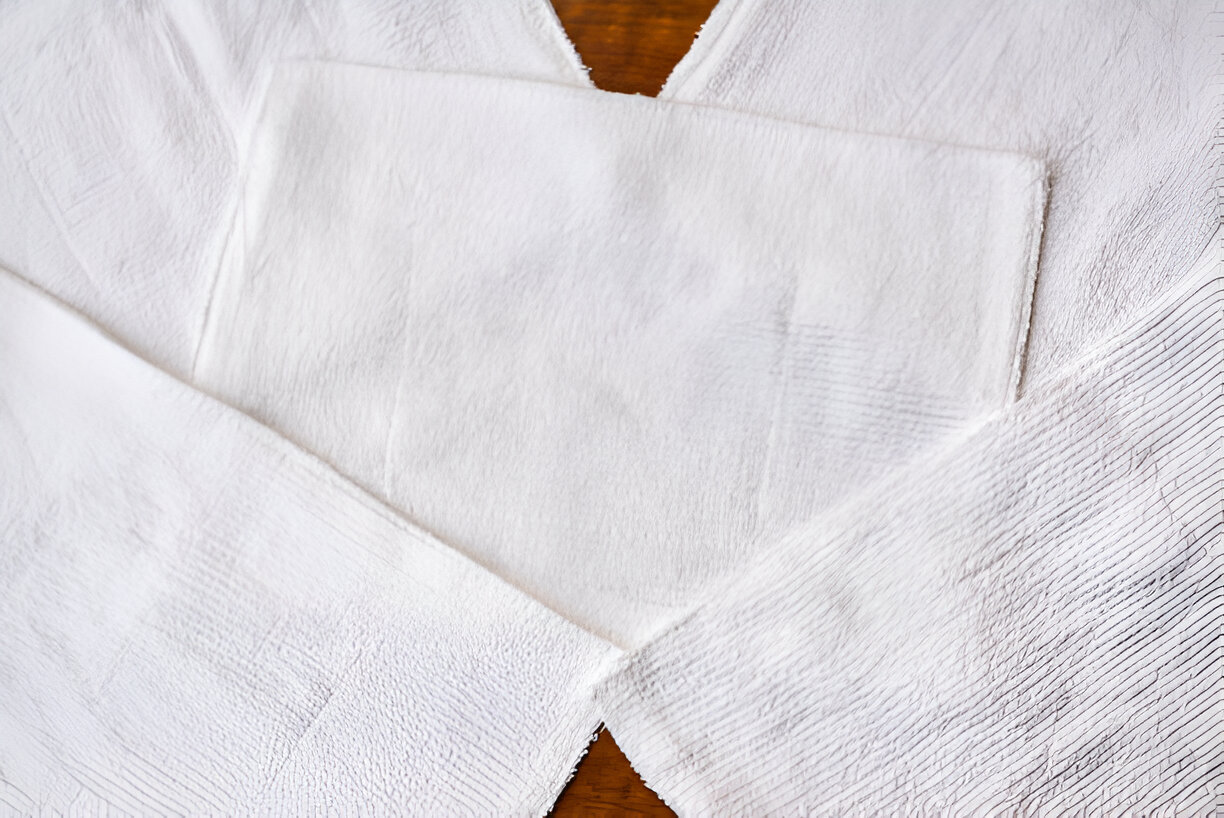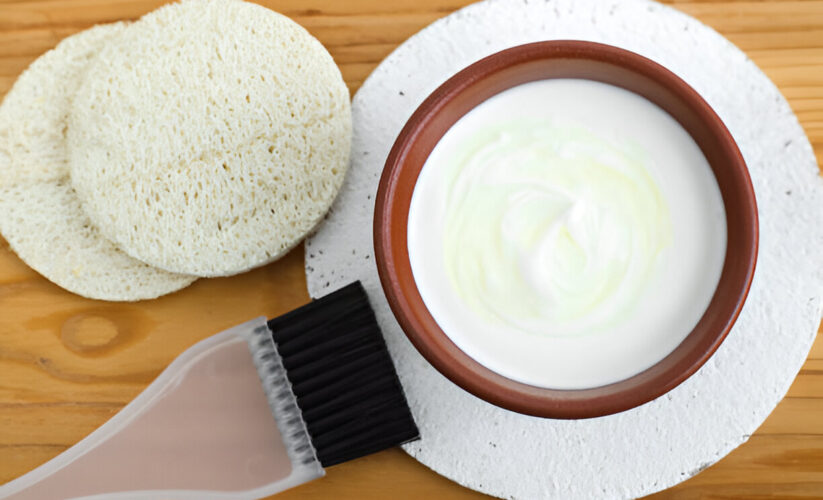
Who’d have thought that the deepest cleansing for your skin could come from adding … oil? Here’s how to make peace with swapping out the suds.
Your skin-care mission, as you know it, is to maintain a clean, clear, and radiant complexion. Sabotaging you at every turn is Public Enemy No. 1: oil. Or so you thought. Could it be that you have seriously misjudged your opposition?
Many experts are now saying yes, claiming that oil itself — that greasy, pore-clogging nuisance you’re accustomed to battling — may actually be the missing link to balanced skin. “Oil gently yet effectively removes makeup, dirt, sweat, and excess sebum, the skin’s natural oil that keeps it protected and supple,” says Jeanette Jacknin, M.D., a San Diego-based holistic dermatologist and author of ” Smart Medicine for Your Skin .” “And it does that without irritating sensitive skin. It also maintains the skin’s natural level of moisture.”
Many types of oil — especially those rich in linoleic acid, such as safflower, grapeseed, and sunflower — have antioxidant and anti-inflammatory properties when used topically, say dermatologists who advocate oil’s use in cleansing. The visible result: “Better hydration, quicker healing of acne spots, and plumper skin with fewer fine lines,” says New York City aesthetician Andrea DeSimone. If the benefits are this compelling, why has it taken us so long to make peace with oil?
Smear Campaign
For most of us, our first beauty lesson involved banishing the oil slick by breaking it down and rinsing it away with foaming, detergent-based products. Problem is, says Jacknin, many of these cleansers overdry the skin, opening the door to irritation, redness, acne, and flare-ups of eczema and psoriasis. “Water cannot dissolve oil, so most cleansers use chemicals to strip it away,” she explains. But that process can leave skin depleted, so it may actually produce more oil to compensate for the moisture you’ve removed — and the cycle continues.
Oil cleansers target sebum from another angle: They use oil against itself. “When you put oil and oil together, they bind to each other,” says Jeannette Graf, M.D., a dermatologist in Great Neck, New York. “The oil in the skin attaches to the oil in the cleanser, and then you rinse both of them off, resulting in effective deep-pore cleansing.” Oil cleansers also bind to makeup and other daily dirt and grime — and flush that away completely, too. Your skin is left clean, but not parched.
Universal Coverage
Judging by the number of pressed powders and oil-blotting sheets in our makeup bags, many of us are fighting a losing battle with oil. Most experts agree that oil cleansing works for every skin type and age group, including out-of-balance extremes (oily, dry, or reactive). Ultimately, says DeSimone, choosing to oil or not to oil boils down to personal preference. “Oil cleansing leaves skin supple and pliable, not taut or stripped of moisture,” she explains. “This doesn’t mean that skin is still dirty; it means that it’s balanced. But if you like your skin to feel tighter after washing, you may not be a good candidate for oil cleansing.”
Those with oily skin may be the most hesitant to smear more oil on their faces, but Graf insists that oily and acne-prone types will be pleasantly surprised. “They’ll find that their skin doesn’t feel dry and their pores look better,” Graf says. People with drier skin will notice that oil cleansing eliminates dry, flaky patches, says Miami-based dermatologist and researcher Leslie Baumann, M.D. If you have normal skin you may not see a huge difference, but at the very least, you’ll keep your skin balanced — and you’ll be streamlining your routine with all-in-one makeup removal and cleansing.
Rubbing It In
Oil cleansers should be applied to slightly moist rather than wet skin (splash just once) to allow the oils to bond to sebum, makeup, and dirt. Apply one to two pumps of oil, and use your fingertips to give your face a mini- massage, advises DeSimone. Only one to two minutes is necessary, she adds, though after cleansing you may want to massage your face with a few more drops of oil for up to 15 minutes to release trapped fluids, minimize puffiness, and unclog pores. You’ll see makeup melt away and may feel the release of blocked pores (evidenced by gritty bits that appear during the massage). Then, if you’re using a commercial cleansing oil designed to be rinsed off, finish your massage by thoroughly splashing skin with warm water, making certain to eliminate all excess surface oil. “Your cleanser should be completely removed,” Graf says.
If you cleanse with pure oils that you’ve mixed yourself (see our DIY box) or those not formulated to be rinsed with water, your process will be slightly different. After massaging your face with the oils, lay a damp, hot washcloth on your skin and let it cool, allowing the steam to open pores and soften blockages. Then use the cloth to gently remove oil from the skin, rinsing the cloth and wiping as needed.
You’ll notice a difference almost immediately: glowing skin (thanks to that circulation-boosting facial massage) and fewer dry spots cropping up. After several weeks of oil cleansing, skin becomes supple and the complexion improves. You can follow with your usual toner and moisturizer, unless you find that your skin feels hydrated enough to skip them entirely. What happens if your complexion doesn’t cooperate? “There might be a three-to-five-day transition period,” DeSimone says. “There should not be breakouts, but there could be a little reaction, like redness or warmth. But I don’t see that often.” For a minimal routine, try oil cleansing only at night, to remove makeup and daily grime. Don’t wash again in the morning; simply splash face with water, a regimen that Joanna Czech, a New York City aesthetician, recommends for all skin types.
Pick Your Potion
Choose a cleansing oil off the shelf and you’re likely to get a high-tech formula that’s designed to make the process goof-proof. Those products often combine noncomedogenic plant oils with an emulsifier that allows the ingredients to rinse off easily when a little water is added. Look a little closer and you’ll also find essential oils and plant extracts that give each oil cleanser its own unique benefits. Whether you mix your own or go with something off the shelf, select the formula that suits the needs of your skin — and your senses.
Homemade Cleansing Oils
DIY types may want to blend their cleanser, using fresh, pure, cold-pressed oils (skip the sticky bottles aging in your pantry). To effectively draw out dirt and bacteria, Jacknin recommends an antioxidant-rich olive-and-castor oil blend. Oily or acne-prone skin types should use a ratio of 75 percent castor oil to 25 percent olive oil, while dry skin types should reverse those amounts. For a lighter cleanse that’s ideal for warmer months, try substituting other non-comedogenic oils in the blend — such as jojoba, which mimics the skin’s natural sebum, or grapeseed — in place of olive oil.
Protective
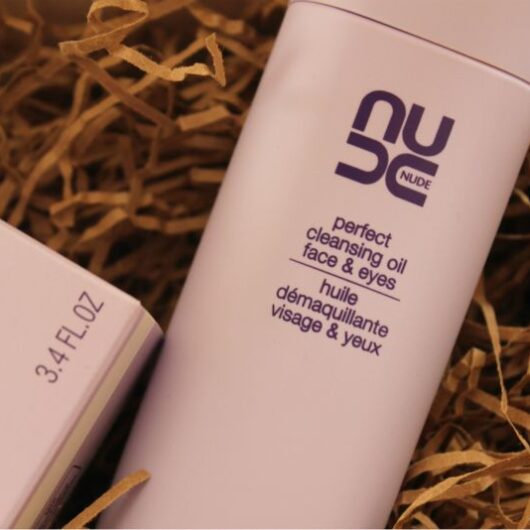
Containing moisturizing vitamin E from all-natural soy and olive oils, Nude Cleansing Facial Oil also has probiotics to repair skin from environmental damage.
Energizing
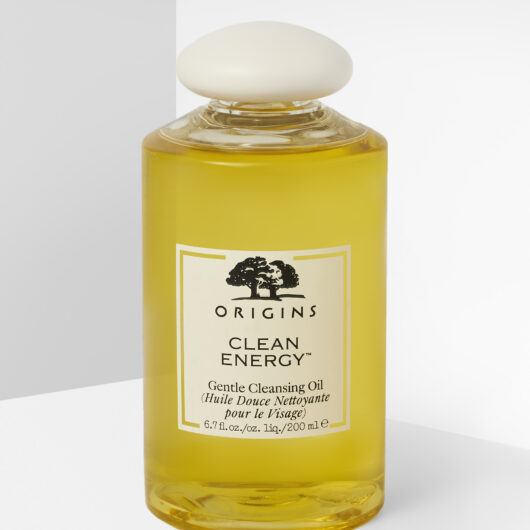
Using certified organic olive, sunflower, sesame, and safflower oils, along with invigorating citrus essential oils, Origins Clean Energy Gentle Cleansing Oil is ideal for revving up a morning cleanse.
Soothing
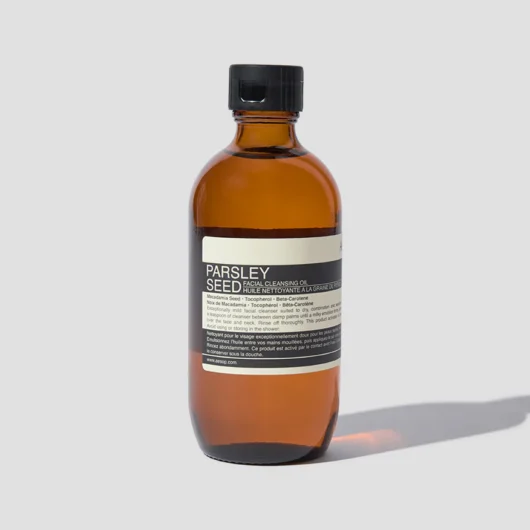
Antioxidant-rich with natural avocado, sweet almond, and macadamia-seed oils, and a light chamomile and lavender scent, Aesop Parsley Seed Facial Cleansing Oil is especially calming for sensitive skin.
Hardworking
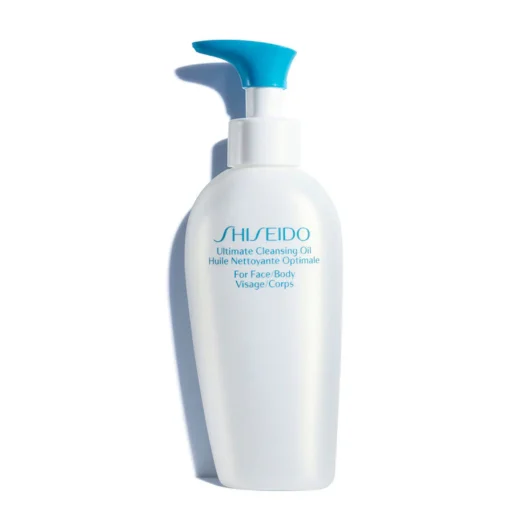
Shiseido Ultimate Cleansing Oil has a clean, refreshing fragrance and a light mineral oil base formulated specifically for the removal of sunscreen and long-wear makeup.

Lancome Huile Douceur Remove-All Deep Cleaning Oil‘s mineral, safflower, and restorative rose-hip oils instantly break down grease and makeup.
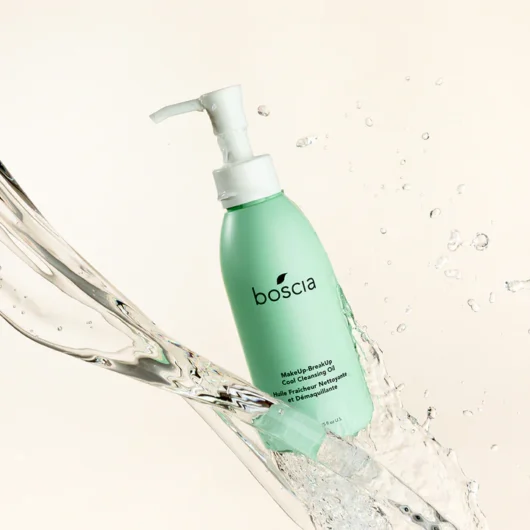
Rich in jojoba and rose-hip oils, Boscia Makeup-Breakup Cool Cleansing Oil feels cool and energizing while you wash (making it a great post-workout pick), thanks to the addition of menthol and eucalyptus oil.
Brightening
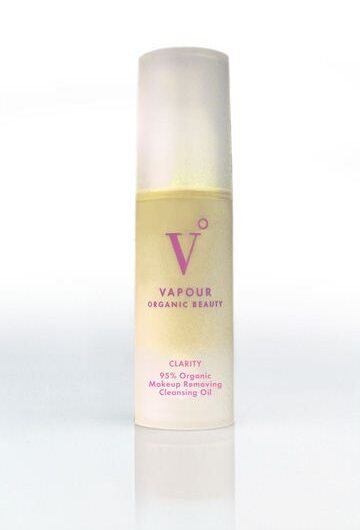
Made with 95 percent certified organic ingredients, Vapour Organic Beauty Clarity Makeup Removing Cleansing Oil‘s wipe-off formula requires no water for instant cleansing and complete makeup removal. Camellia oil perks up and tones skin, while evening primrose oil deeply hydrates with essential fatty acids.
Antiaging
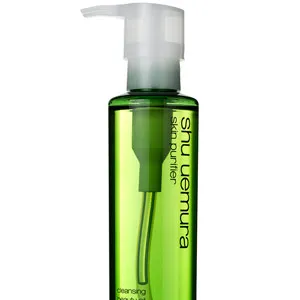
An updated version of the company’s original cleanser, released in 1967, Shu Uemura Cleansing Beauty Oil Premium A/O Advanced Formula contains antioxidant-rich, anti-aging green tea and ginkgo-leaf extract, in addition to natural oils like mineral, corn, safflower, jojoba, and macadamia.






